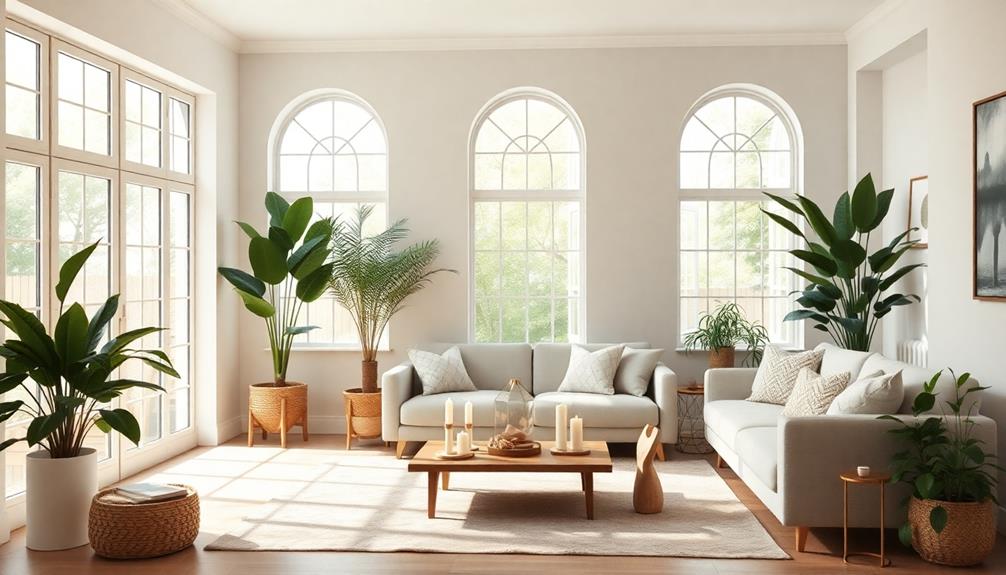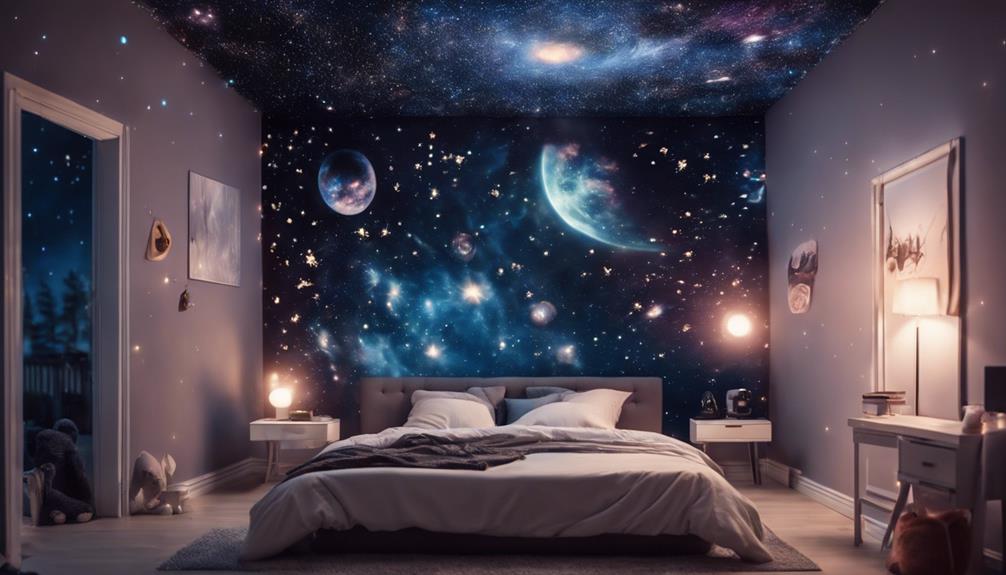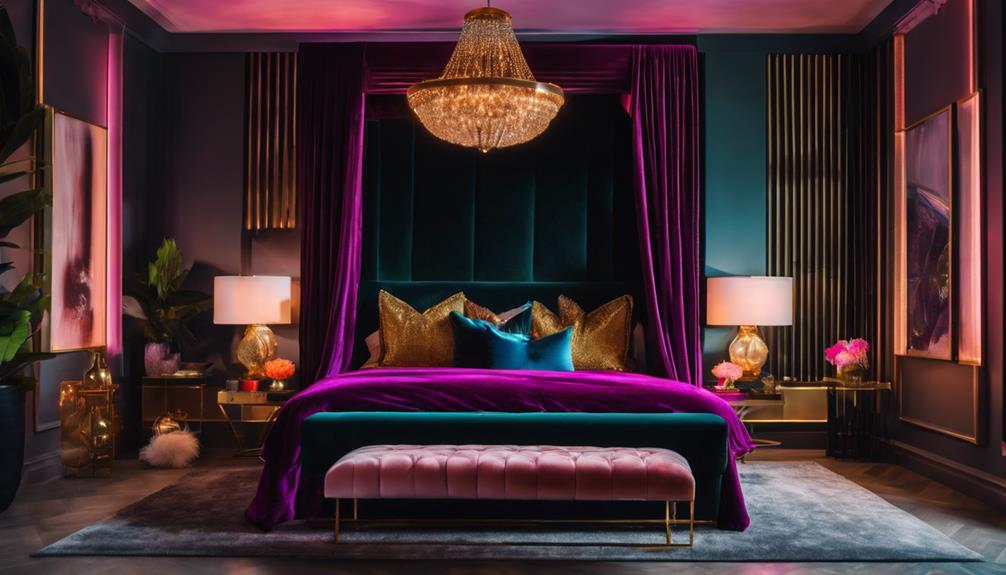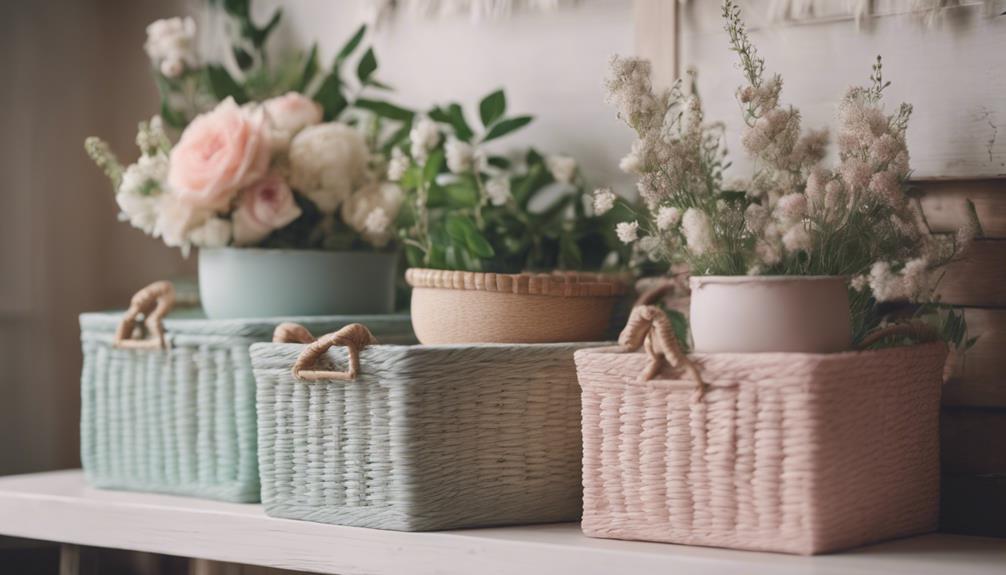To create a Feng Shui-friendly living room, start by arranging your furniture for flow. Position your sofa to face the entrance, allowing for a welcoming vibe, and keep pathways clear to encourage movement. Next, incorporate natural elements by maximizing light, adding indoor plants for air quality, and using materials like wood for a grounded feel. Finally, choose a mindful color palette that resonates with you; warm tones invite comfort while calming hues promote relaxation. These three steps can revitalize your space and enhance your energy. If you're curious about more ways to elevate your living room, there's plenty to explore.
Key Takeaways
- Position your sofa to face the entrance, creating a welcoming and secure environment for relaxation and socializing.
- Arrange seating in a circular layout to foster conversation and maintain clear pathways of at least 24 inches.
- Incorporate natural elements like indoor plants and water features to enhance air quality and symbolize abundance.
- Use a balanced color palette, selecting warm tones for comfort and calming hues for relaxation based on the room's purpose.
- Float furniture away from walls and use area rugs to define spaces, creating an open and inviting atmosphere.
Arrange Furniture for Flow
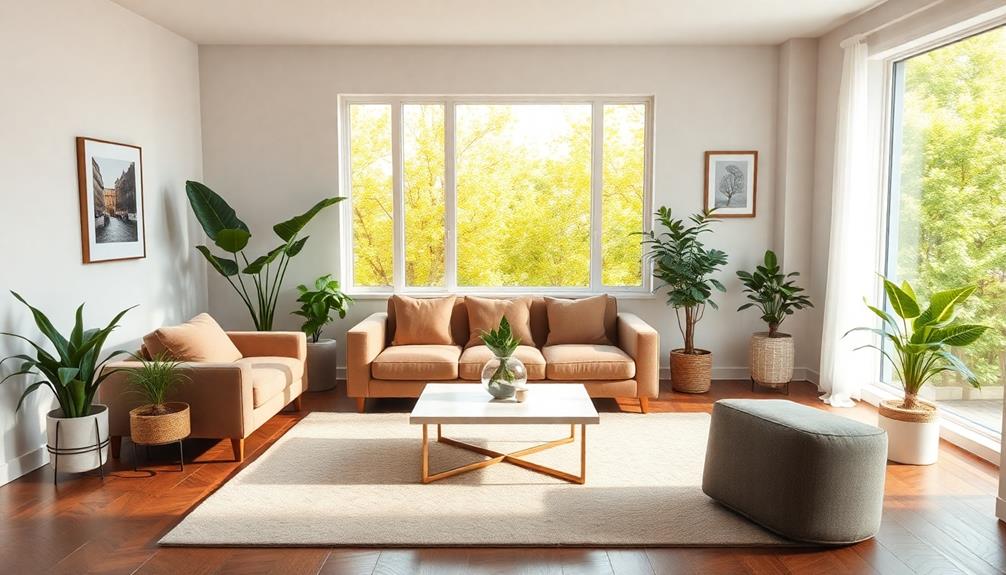
Arranging furniture for flow is essential in creating a Feng Shui-friendly living room. Start by positioning your sofa in a commanding position, facing the entrance. This setup not only welcomes guests but also promotes a sense of security for everyone in the space.
To enhance interaction, opt for seating arrangements that encourage conversation. A circular layout among chairs and sofas fosters eye contact and makes conversation flow naturally. Consider adding Indonesian decorative pillows to your seating area; their vibrant colors and intricate patterns can enhance the overall aesthetic while promoting comfort.
Make sure to maintain clear pathways by avoiding overcrowding. Aim for at least 24 inches of space between furniture pieces, ensuring easy movement throughout the room. Using area rugs can help define separate zones within your living room, contributing to a warm atmosphere while visually organizing the space.
Avoid pushing furniture against walls; instead, float furniture away from them to create a more open and inviting environment. This approach invites good energy into the room, making it feel more connected and welcoming.
Incorporate Natural Elements
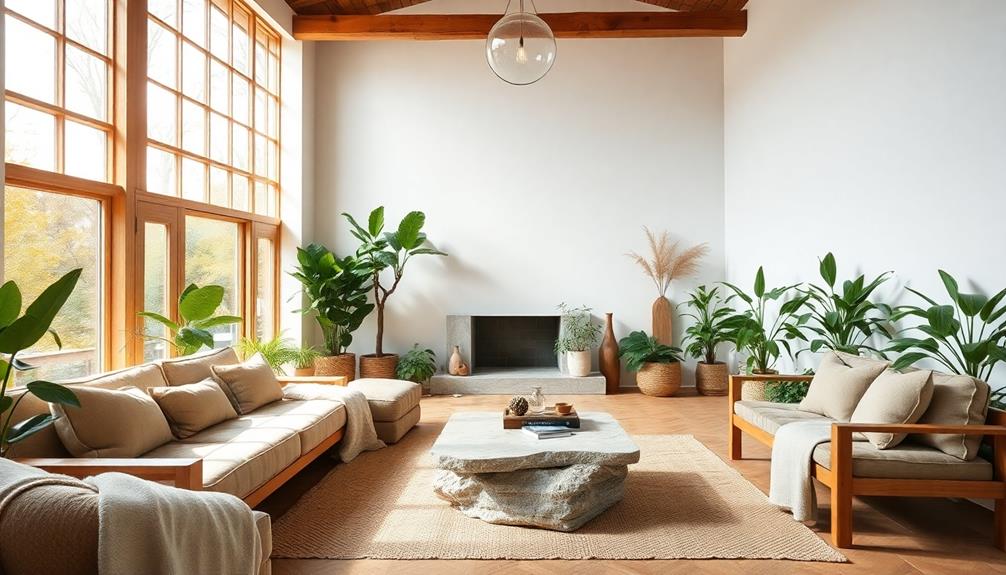
To create a truly Feng Shui-friendly living room, you should incorporate natural elements that enhance liveliness and promote a positive energy flow.
Start by maximizing natural light; keep your windows unobstructed and use light, airy curtains to create a bright, inviting atmosphere. This connection with the outdoors is essential for good Feng Shui and aligns beautifully with the principles of Balinese Interior Design, which emphasizes open spaces and natural materials.
Next, introduce a variety of indoor plants known for their air-purifying qualities, like snake plants and peace lilies.
Position them strategically in corners or near windows to promote energy flow while avoiding overcrowding. These plants not only improve air quality but also add vibrancy to your space.
Consider adding a small water element, such as a tabletop fountain. The calming sounds of flowing water symbolize abundance and prosperity, enhancing the overall ambiance.
Additionally, opt for furniture made from natural materials—think wooden tables and stone accents. These choices create a grounded atmosphere, aligning with Feng Shui principles and further supporting the positive energy flow in your living room.
Use Color Mindfully
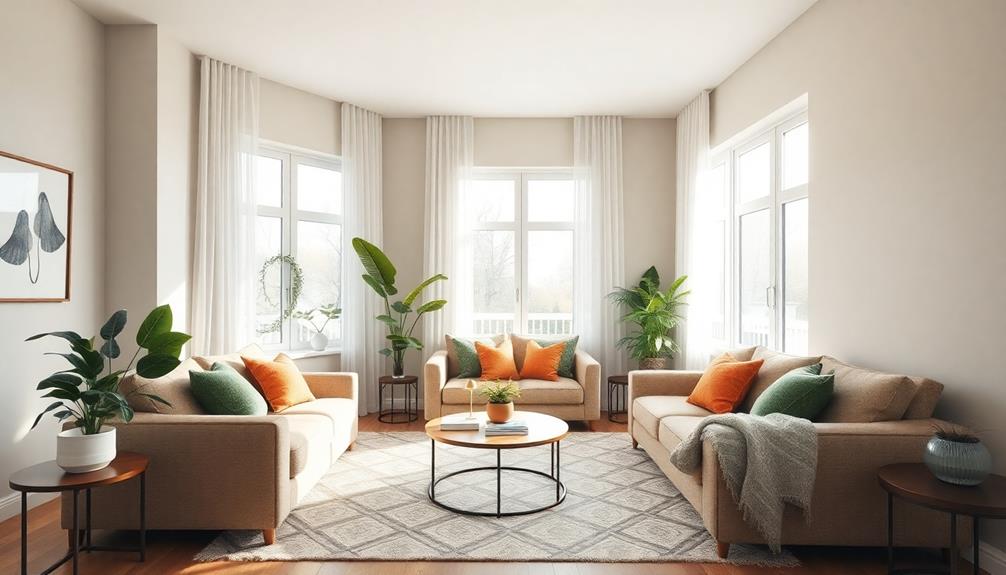
How can you create a vibrant and harmonious living room through color? Start by choosing a color palette that resonates with you. Colors influence mood, enhancing positive energy in your space.
Warm tones like yellows and oranges can foster comfort, while calming hues such as blues and greens promote relaxation. Consider incorporating elements of traditional Indonesian style home decor for a unique touch that harmonizes with nature.
Incorporate colors based on the five elements of Feng Shui. Earthy browns and oranges provide grounding energy, while vibrant reds can stimulate warmth and passion.
Use neutral wall colors as a serene backdrop; this allows colorful accessories—like artwork, rugs, and pillows—to add vibrancy without overwhelming the room.
Maximize natural light when selecting colors, as sunlight enhances their appearance and contributes to a positive atmosphere. Light colors reflect and amplify brightness, creating an inviting space.
Ensure the colors you choose align with the intended purpose of your living room. For relaxation areas, stick with calming hues. For social spaces, opt for bright, energizing colors.
Frequently Asked Questions
How to Arrange a Living Room According to Feng Shui?
To arrange your living room according to feng shui, position your sofa to face the entrance, maintain clear pathways, use area rugs for definition, balance the five elements, and strategically place mirrors for light and energy. Feng shui furniture arrangements should create a sense of balance and harmony in the room. This can be achieved by keeping pieces of furniture proportional to the size of the room and avoiding clutter. Additionally, incorporating elements of nature, such as plants and natural materials, into the design can enhance the overall energy flow of the space.
What Are the Elements of Feng Shui Living Room?
What if your living room could radiate harmony? It's all about the five Feng Shui elements: wood, fire, earth, metal, and water. Balance them wisely to cultivate positive energy and create a serene atmosphere.
What Is Bad Feng Shui for a Living Room?
Bad Feng Shui in your living room includes clutter, blocked pathways, sharp furniture edges, heavy drapes, and negative artwork. These elements disrupt energy flow, creating stress and a gloomy atmosphere that affects your overall well-being.
How Do I Arrange My Room for Good Luck?
Did you know that 90% of people feel more relaxed in organized spaces? To arrange your room for good luck, position furniture for flow, use mirrors for light, and keep it clutter-free to attract positive energy.
Conclusion
By following these three simple steps, you can transform your living room into a feng shui-friendly haven that promotes relaxation and harmony. Remember, arranging your furniture for flow, incorporating natural elements, and using color mindfully can greatly enhance the energy in your space. So, why not take a moment to evaluate your current setup? With a few thoughtful changes, you can create an inviting atmosphere that nurtures both you and your guests.
